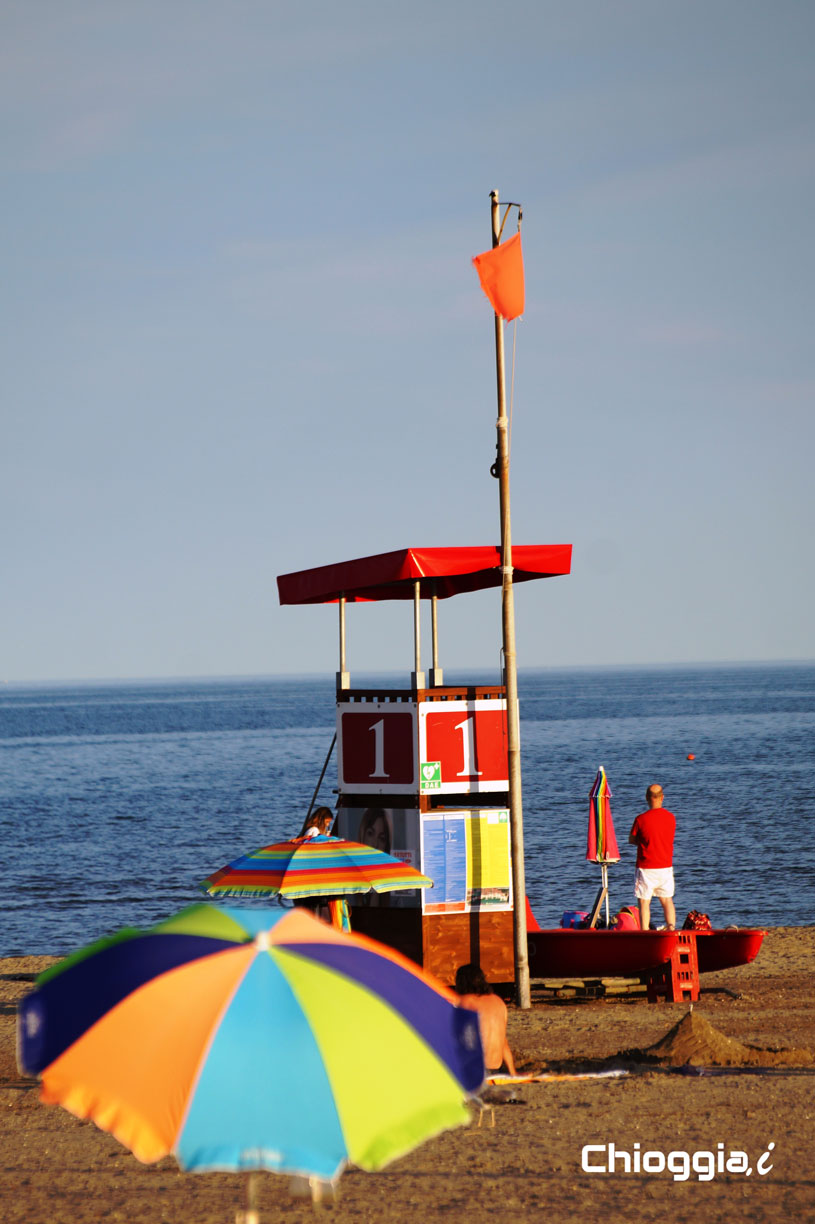The Church of the SS. Trinity
- Dettagli
- Categoria principale: Cultura
- Categoria: Architettura
- Pubblicato: Mercoledì, 15 Aprile 2020 01:17
 For those who observe the church of the SS. Trinity walking along the bank of the canal Vena and does not know with precision the history could believe the appendix of the nearby St. James that majestic stands next to it. In fact, apart from the same location in the heart of the city, distinct is the history of the two religious complexes. In fact, the church, today dedicated to the SS. Trinity, and that the youngest probably have never seen open, due to a restoration that has lasted for years, was, in its sixteenth-century factory, known as the seat of the “Rossi” or the “Battuti”. Religious brotherhood born in Chioggia at the behest of Fr. Paolo Barbieri and with seat erected in the garden (“viridarium”), next to the Town Hall, then reduced to garbage storage. It was so that in the city, in 1528, the seat of the “Rossi” so called for the color of the robe that the confreres wore, a choice probably not random but motivated by the need to camouflage the color of the blood that escaped during the practice of self-flagellation to which the name “Battuti” is reiterated, portrayed with flagella in hand, on the sides of a penitential cross, above the entrance of the church. If the church was refabricated in its project by Andrea Tirali, of the ancient complex are still preserved today the oratory and the nearby bell tower that an inscription can be read from the inner courtyard date to 1634 although some scholars think it was from 1691. Attractive and singular is the perspective view that is presented to the eyes of those who the religious complex.
For those who observe the church of the SS. Trinity walking along the bank of the canal Vena and does not know with precision the history could believe the appendix of the nearby St. James that majestic stands next to it. In fact, apart from the same location in the heart of the city, distinct is the history of the two religious complexes. In fact, the church, today dedicated to the SS. Trinity, and that the youngest probably have never seen open, due to a restoration that has lasted for years, was, in its sixteenth-century factory, known as the seat of the “Rossi” or the “Battuti”. Religious brotherhood born in Chioggia at the behest of Fr. Paolo Barbieri and with seat erected in the garden (“viridarium”), next to the Town Hall, then reduced to garbage storage. It was so that in the city, in 1528, the seat of the “Rossi” so called for the color of the robe that the confreres wore, a choice probably not random but motivated by the need to camouflage the color of the blood that escaped during the practice of self-flagellation to which the name “Battuti” is reiterated, portrayed with flagella in hand, on the sides of a penitential cross, above the entrance of the church. If the church was refabricated in its project by Andrea Tirali, of the ancient complex are still preserved today the oratory and the nearby bell tower that an inscription can be read from the inner courtyard date to 1634 although some scholars think it was from 1691. Attractive and singular is the perspective view that is presented to the eyes of those who the religious complex.
Those who enter, in fact, will be welcomed by a church built on a plain with a Greek cross but will feel the gaze captured by what lies beyond the high altar, with the depiction of the SS. Trinity, and that, deliberately, four powerful marble columns let you glimpse: the ancient oratory of the Battuti. Environment embellished with a splendid coffered ceiling adorned with canvases by painters such as Paolo Piazza, Alvise Benfatti, Palma il Giovane, Andrea Vicentino. It was the aggregation, in 1580, to the Archconfraternity of the SS. Roman Trinity to increase prestige, number of affiliates but above all the funds that allowed the reconstruction of the ceiling of the oratory enriched, from 1594, of canvases depicting, with clear intent captions, scenes from the Old and New Testaments. Nothing remains of the paintings that adorned the walls signed Pietro Damini, Andrea Vicentino and Giacomo Palma removed from the time of Napoleonic despoliations. The ancient congregation was linked to the cult and devotion to the Madonna dell'Asinello, which, until the closure for restoration, could be admired, in one of the lateral altars, the sculptural complex in wood depicting the Holy Family (currently preserved in the diocesan museum). The image recalls an apparition had in 1615 by Friar Adamo da Rovigo, passing to Chioggia, who, looking from the window of the room of the Capuchin monastery (Ca' di Dio, now seat of the Biblioteca Civica) that housed him, he had seen, in front of the procession that every year the Battuti made up to the church of the Blessed Virgin of the Navicella, the Madonna and Child, riding on a donkey, flanked by St. Joseph (typical iconography of the sacred family fleeing to Egypt). Obtained, in 1617, the recognition of the authenticity of the fact, the Battuti began to precede (until 1877) their annual processions by an image that recalls the prodigious fact. The cult for the Madonna dell'Asinello disappeared at the beginning of 1900 with the dissolution of the Brotherhood itself.

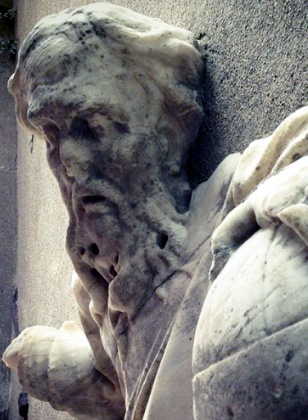


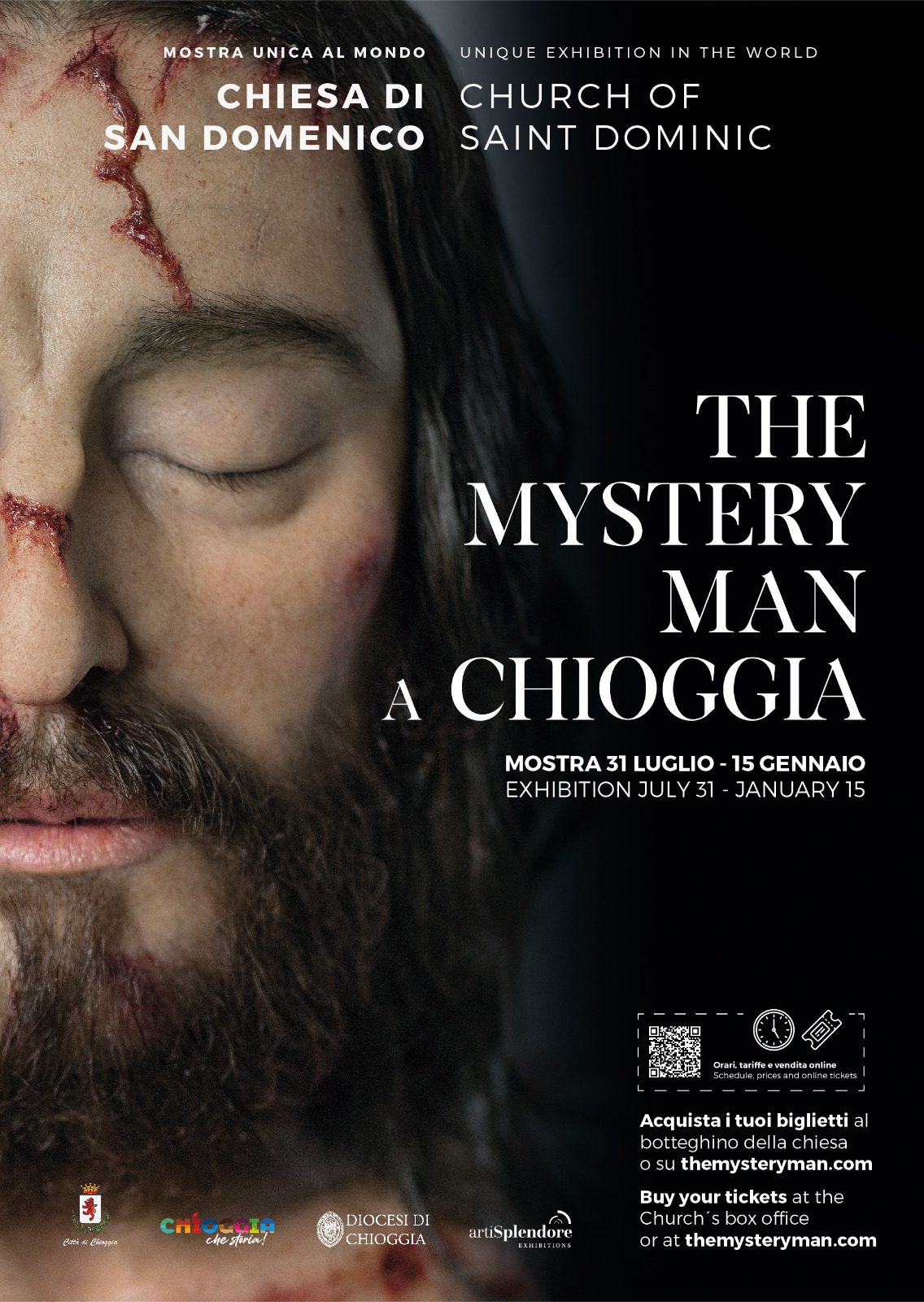



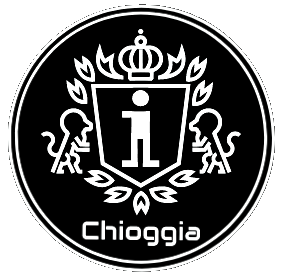
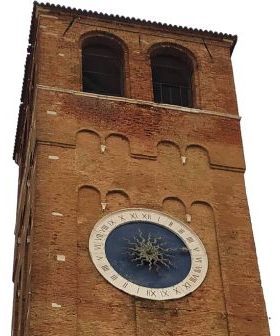

.jpg)

